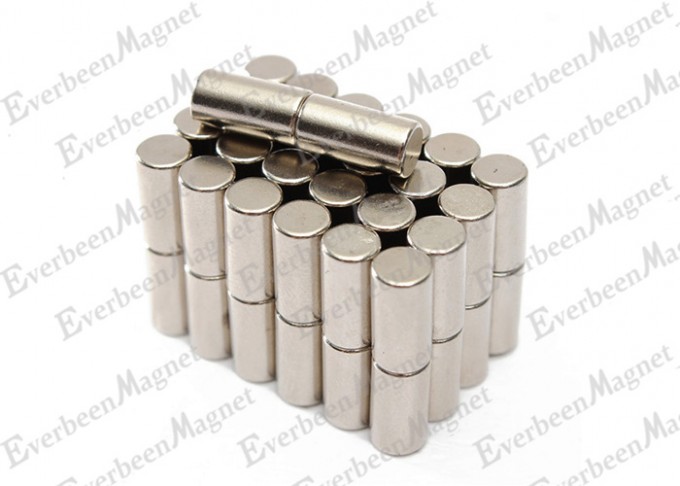Where do rare earth magnets come from?
Do you know how the powerful NdFeB Magnet is made? It needs to pulverize the alloy containing the necessary materials into particles, gather these particles to form, and then sinter them. Then cut to the required size to complete. This process always feels like making a cake.
High-performance aero-engines require high technical support, and the requirements for raw materials are also very high. The performance of raw materials directly determines the performance of the engine. The operation process of an aero engine is more complicated. Will produce very high temperature, so engine parts must be high temperature resistant. The difficulty of this technology is also very demanding. The creation of these alloys requires a lot of rare earth metals as raw materials. As a high-temperature resistant rare earth metal, cobalt is an important raw material for the production of heat-resistant alloys, hard alloys, anti-corrosion alloys, magnetic alloys and various cobalt salts.
The rare earth market is diversified. It is not just a product, but 15 rare earth elements, yttrium, scandium, and various compounds, ranging from the purity of 46% chloride to a single rare earth oxide and rare earth metal with a purity of 99.9999%. Has a variety of uses. Together with related compounds and mixtures, there are countless products. First, starting from the initial mining of ore, we introduce the separation methods and smelting process of rare earth one by one.
Rare earth mining
Rare earth beneficiation
Beneficiation is the use of the differences in the physical and chemical properties of the various minerals that make up the ore. Using different beneficiation methods, with the help of different beneficiation processes and different beneficiation equipment, to enrich the useful minerals in the ore, remove harmful impurities. And Mechanical processing to separate it from gangue minerals.
In the rare earth ores mined around the world, the content of rare earth oxides is only a few percent, or even lower. To meet the production requirements of smelting, the rare earth minerals are separated from gangue minerals and other useful minerals by beneficiation before smelting. To increase the content of rare earth oxides, a rare earth concentrate that can meet the requirements of rare earth metallurgy can be obtained. The beneficiation of rare earth ore generally uses flotation and is often supplemented by a combination of gravity separation and magnetic separation.

Decomposition method of rare earth concentrate
Rare earth in concentrates generally exists in the form of carbonates, fluorides, phosphates, oxides, or silicates that are difficult to dissolve in water. The rare earth must be converted into compounds soluble in water or inorganic acids through various chemical changes. After dissolving, separating, purifying, concentrating or burning, etc., various mixed rare earth compounds such as mixed rare earth chlorides are made, as products or separated For a single rare earth raw material, such a process is called rare earth concentrate decomposition or pretreatment.
There are many methods for decomposing rare earth concentrates, which can be divided into three categories in general, namely acid method, alkali method, and chlorination decomposition. Acid decomposition is divided into hydrochloric acid decomposition, sulfuric acid decomposition, and hydrofluoric acid decomposition. Alkaline decomposition is divided into sodium hydroxide decomposition or sodium hydroxide melting or soda roasting method. Generally, the appropriate process flow is selected according to the principles of the type, grade characteristics, product plan, facilitating the recovery and comprehensive utilization of non-rare earth elements, labor hygiene and environmental protection, and economic rationality.